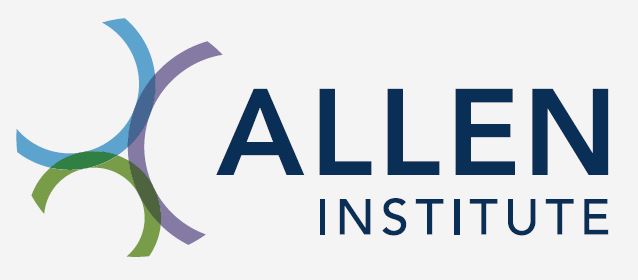Cluster groups and neighborhood specific UMAP embeddings#
To further investigate the neuronal diversity within each major brain structure, Yao et al. created concept of cell types “neighborhoods” or groups and use them for visualization and analysis. For each neighborhood, they genereated re-embedded UMAPS to reveal fine-grained relationships between neuronal types (WMB-taxonomy) within and between brain regions.
The associated metadata is hosted on AWS S3 bucket as a AWS Public Dataset:
Component |
Current Version |
Size |
|---|---|---|
Metadata |
s3://allen-brain-cell-atlas/metadata/WMB-neighborhoods/20231215 |
3.00 GB |
Data is being share under the CC BY NC 4.0 license.
Related resources :
Whole mouse brain 10Xv2 single cell transcriptomes (WMB-10Xv2)
Whole mouse brain 10Xv3 single cell transcriptomes (WMB-10Xv3)
Whole mouse brain clustering (WMB-10X)
Whole mouse brain mouse taxonomy of cell types (WMB-taxonomy)
Whole mouse brain MERFISH spatial transcriptomics dataset (MERFISH-C57BL6J-638850)
Associated notebooks:
Getting started: learn how to use the AbcProjectCache to facilitate data download and usage.
10x scRNA-seq clustering analysis and annotation: learn about the whole mouse brain taxonomy through some example use cases and visualization.
10x scRNA-seq gene expression data
Part 1: learn about the 10x dataset through some example use cases and visualization of cells in the thalamus.
Part 2a: learn how to iterate through all the data packages, to access data for whole brain example use cases in part 2b.
Part 2b: Explore the whole brain data through visualization and analyses of a set of genes of interest.
MERFISH whole brain spatial transcriptomics
Part 1: learn about the MERFISH dataset through some example use cases and visualization for a single brain section.
Part 2a: learn to access data and prepare for whole brain example use cases in part 2b.
Part 2b: Explore the whole brain data through visualization and analyses of a set of genes of interest.
Cluster groups and embeddings: learn about cell types neighborhoods and neighborhood specific UMAP embeddings through example use cases.
Cell type neighborhood gallery: explore and visualize a set of cell types neighborhoods.
